Entrées
To become an authentic gourmet for Madrid, is important to understand its origins and development during medieval and modern times. The purpose of these routes is to offer you a first bite with the most important historical and cultural events of the oldest moments in Madrid, sometimes still perceptible in toponyms and architecture, other times deeply rooted in the legends and memory of the city.
The earliest news from Madrid come from the mid-9th century, when the Muslim emir Mohamed founded a military fort to defend his positions. Soon, a small but dynamic Muslim population settled around the fort, favored by the benefits of this land. It was called Mayrit, a mysterious name that referred to the abundance of groundwater in the area. At the end of the 11th century, Christian troops from the north conquered the Kingdom of Toledo, to which Mayrit
belonged, and in a short time it became one of the most important villages in Castile. During the 12th to 15th centuries, new Christian parishes populated the different barrios and Madrid experienced significant growth as a rich city, benefited by the favor of many noble families and a strategic location. This was the moment when Madrid raised high stone walls to defend itself, also the reason why they call us gatos
(cats); when Muslim, Christian, and Jewish cultures intertwined as narrow streets; the moment when the legends of our godparents, San Isidro
and Santa María de la Almudena, began ... let yourself enjoy in a true journey back in time through the oldest features of Madrid.
Duration: 2 hours minutes
Lenght: 2,5 km
This route is at its best at 10 am, but Madrid at your Feet
is flexible and adapts to you. You can book your place or ask more questions here.
Austrians Madrid: lights & darks
Madrid de los Austrias, possibly the main tourist attraction of our city: the Plaza Mayor, the noble palaces, the reddish and amber colors of the oldest streets ... But, did you ever wonder how everything happened? It was in the last years of the 15th century, when the Austrian dynasty entered at the Spanish Court, after Joanna (the Mad), daughter of the Catholic Monarchs, married Philip (the Handsome) Habsburg. Madrid had been a usual place for diplomatic meetings since the late Middle Ages and became one of the preferred residences of Emperor Charles I and other noble families. But it was from 1561, when Philip II moved the Court here from Toledo, when the small town became the capital of not only Spain but also of the biggest Empire then. Madrid grown quickly and became home for a colourful crowd: courtiers, officials, artisans, farmers who sell their products here, merchants who bring new goods, warriors rewarded with palaces and landslots ... also beggars, criminals, artists, writers, and religious orders calling for the salvation of souls. During the 17th century, corruption marked the period of Philip III, and war devastated Castile during the time of Philip IV. In Madrid, the deep crisis was an inspiration for artists such as Cervantes or Velázquez, the sensations provoked by the lights and darks of Baroque were food for the soul, and the picaresque became a way of life for most of madrileños. The last Habsburg, Charles II, died with no descent causing a bloody civil war and a dynastic change, but by then Madrid had already been imbued with its most emblematic character: home of all, cultured and popular, sacred and profane, Village and Court.
Duration: 2 h
Lenght: 2,3 km
This route is at its best at 10 am, but Madrid at your Feet
is flexible and adapts to you. You can book your place or ask more questions here.















